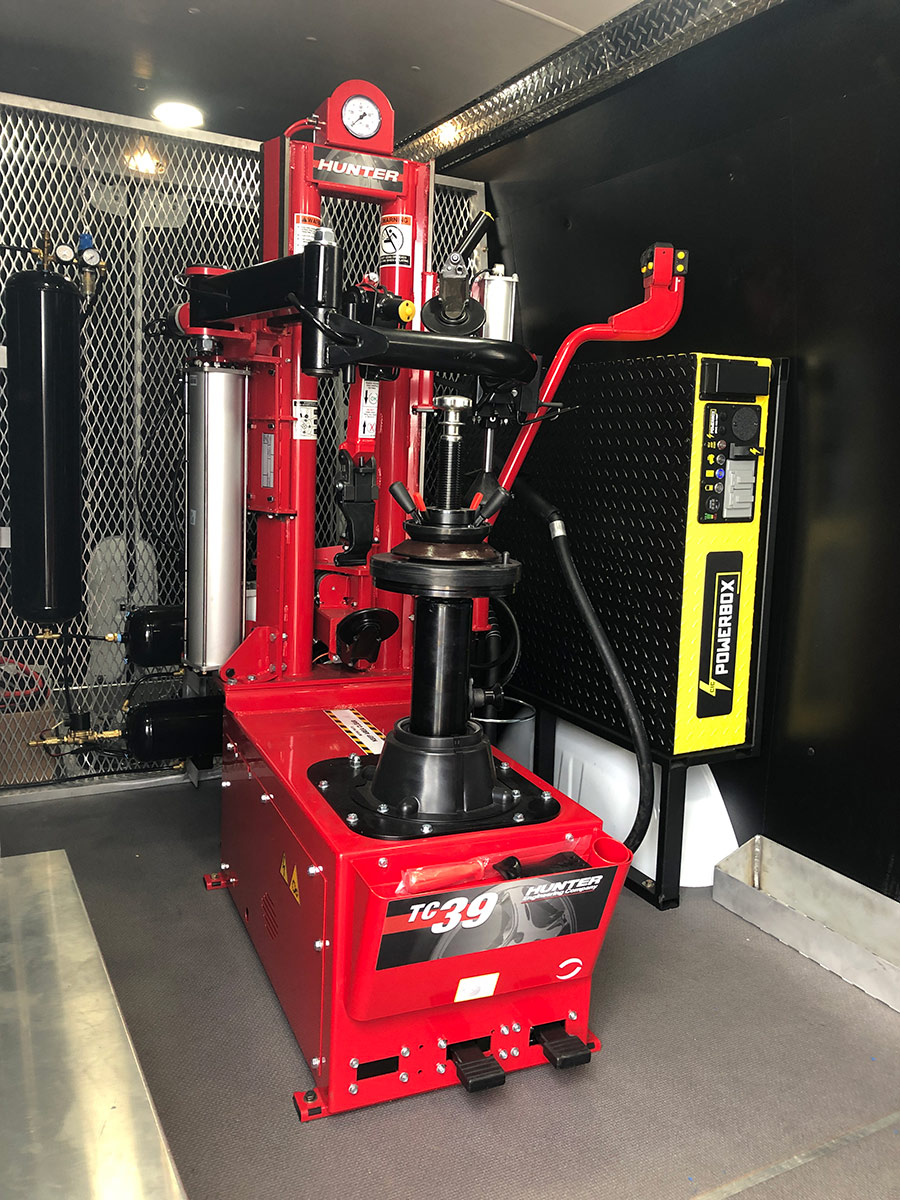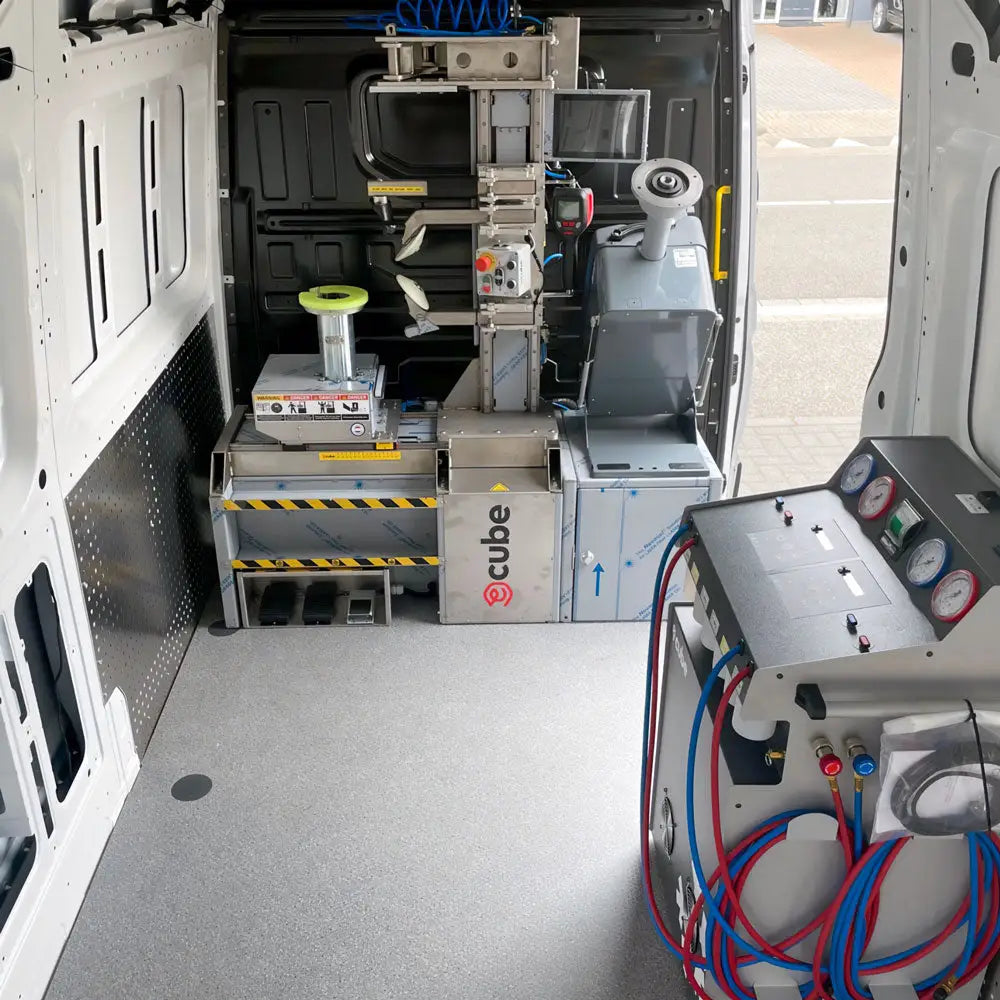Effective Flat Tire Repair Las Vegas - Mobile Support
Effective Flat Tire Repair Las Vegas - Mobile Support
Blog Article
Tire Solution: Proven Techniques for Optimal Tire Maintenance and Treatment
Preserving ideal tire problem is extremely important for both safety and security and efficiency of any type of automobile. From making sure correct tire stress to regular turning and alignment, there are tried and tested techniques that can considerably extend the lifespan of your tires and improve general driving experience. As we check out the ins and outs of tire treatment and maintenance, we will discover essential guidelines that every automobile owner should abide by for the very best possible results. Allow's look into the world of tire service and discover the secrets to maintaining your tires in superior shape for the long run.
Value of Tire Pressure
Ample tire pressure advertises better gas performance, as under-inflated tires can lead to increased rolling resistance, creating the engine to function tougher and consume even more gas. Proper tire pressure makes sure even walk wear, boosting tire long life and conserving cash in the lengthy run by delaying the demand for premature replacements. Regularly examining and adjusting tire pressure, specifically in the past lengthy trips, is an easy yet reliable method to enhance lorry efficiency, prolong tire life-span, and focus on safety on the roadway.
Tire Turning Standards
When taking into consideration tire rotation guidelines, it is vital to recognize the value of this upkeep task in optimizing tire life-span and maintaining ideal lorry efficiency. Tire rotation includes altering the position of each tire on a car to ensure even tread wear. Front tires tend to use quicker than rear tires because of steering pressures, making regular rotation important for balanced wear patterns. The recommended turning pattern differs relying on whether a lorry is front-wheel, rear-wheel, all-wheel, or 4x4. Normally, tires need to be turned every 5,000 to 7,500 miles, or as recommended in the vehicle guidebook. Overlooking tire turning can cause uneven wear, affecting handling, grip, and possibly compromising vehicle security. By sticking to appropriate rotation standards, chauffeurs can expand the life of their tires, improve fuel efficiency, and boost overall driving experience. Routine turning is a basic yet effective maintenance method that adds dramatically to tire durability and lorry efficiency.

Advantages of Wheel Placement
Making sure correct wheel alignment after tire rotation is critical for preserving balanced wear patterns and making the most of vehicle performance. Wheel alignment describes the change of the angles of the wheels to the supplier's requirements. One of the vital benefits of wheel positioning is improved steering and dealing with feedback. When the wheels are appropriately straightened, it reduces guiding effort, ensuring a smoother and extra regulated driving experience. In addition, appropriate wheel placement aids to prolong the lifespan of your tires. Misaligned wheels can trigger irregular tire wear, bring about early tire replacement and boosted upkeep expenses.

Tire Footstep Depth Examine
Doing a routine examination of tire tread deepness is necessary for keeping secure driving problems and prolonging the lifespan of your tires. The step on your tires plays a vital function in giving grip, specifically in wet or slippery conditions. To examine your tire step deepness, you can utilize a step depth scale or the cent examination. The suggested tread depth is at least 2/32 of an inch. If the step deepness is below this threshold, it is time to change your tires to make sure optimal performance and safety on the road. Unequal walk wear can suggest issues with tire suspension, alignment, or pressure, highlighting the relevance of normal step deepness checks. Neglecting to keep an eye on and preserve proper step depth can result in decreased hold, longer braking ranges, and a raised threat of hydroplaning. By incorporating tire walk depth explore your routine maintenance routine, you can drive with self-confidence understanding that your tires remain in top problem.
Seasonal Tire Inspection
Seasonal tire assessment is a fundamental element of tire upkeep that ensures tires are ready to deal with the obstacles postured by various weather conditions. In preparation for winter, it is important to check the tire pressure frequently as cold temperature levels can cause tire Recommended Site pressure to drop. By carrying out regular seasonal tire evaluations, chauffeurs can lengthen tire life-span, boost gas performance, and most notably, ensure a protected driving experience in differing weather conditions.
Verdict
To conclude, keeping appropriate tire stress, revolving tires regularly, straightening wheels correctly, keeping track of step deepness, and carrying out seasonal assessments are important methods for ideal tire treatment. By following these confirmed methods, chauffeurs can guarantee their tires last longer, execute much better, and contribute to get more overall car safety. It is necessary to focus on tire upkeep to avoid mishaps, boost gas performance, and lengthen the lifespan of tires.
Adequate tire pressure advertises far better gas effectiveness, as under-inflated tires can lead to boosted rolling resistance, creating the engine to work more difficult and consume even more fuel.When thinking about tire turning guidelines, it is vital to understand the value of this maintenance task in taking full advantage of tire life expectancy and maintaining optimum automobile efficiency. Seasonal tire evaluation is a basic element of tire maintenance that guarantees tires are all set to encounter the obstacles postured by various weather problems. By conducting regular seasonal tire examinations, motorists can extend tire lifespan, improve fuel performance, and most notably, make certain a secure driving experience in varying weather condition conditions.
In verdict, maintaining appropriate tire pressure, turning tires consistently, aligning wheels properly, checking step depth, and conducting seasonal inspections are essential practices for optimal tire treatment.
Report this page